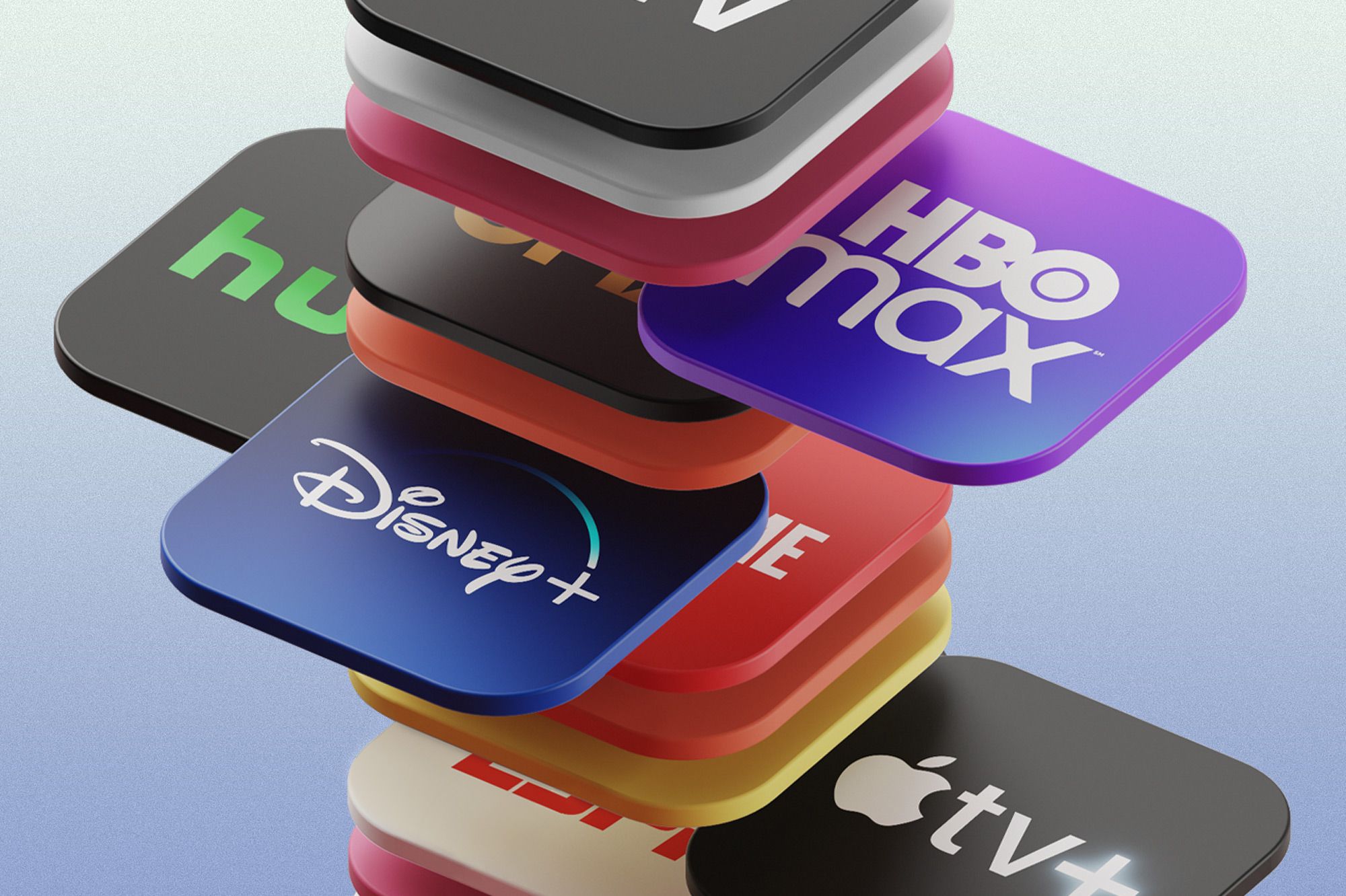Table of Contents Show
It might be obvious in this day and age, but streaming services dominate the media market. While it might be more obvious to point out how much cable television has declined in recent years (( Service, Capital News. “Cable Television Is on the Decline in the ‘Age of the Customer’.” The Southern Maryland Chronicle, The Southern Maryland Chronicle, 16 May 2022. )), the slow march of DVD, Blu-Ray, and physical media libraries resemble less of a march and more of a race to the bottom.
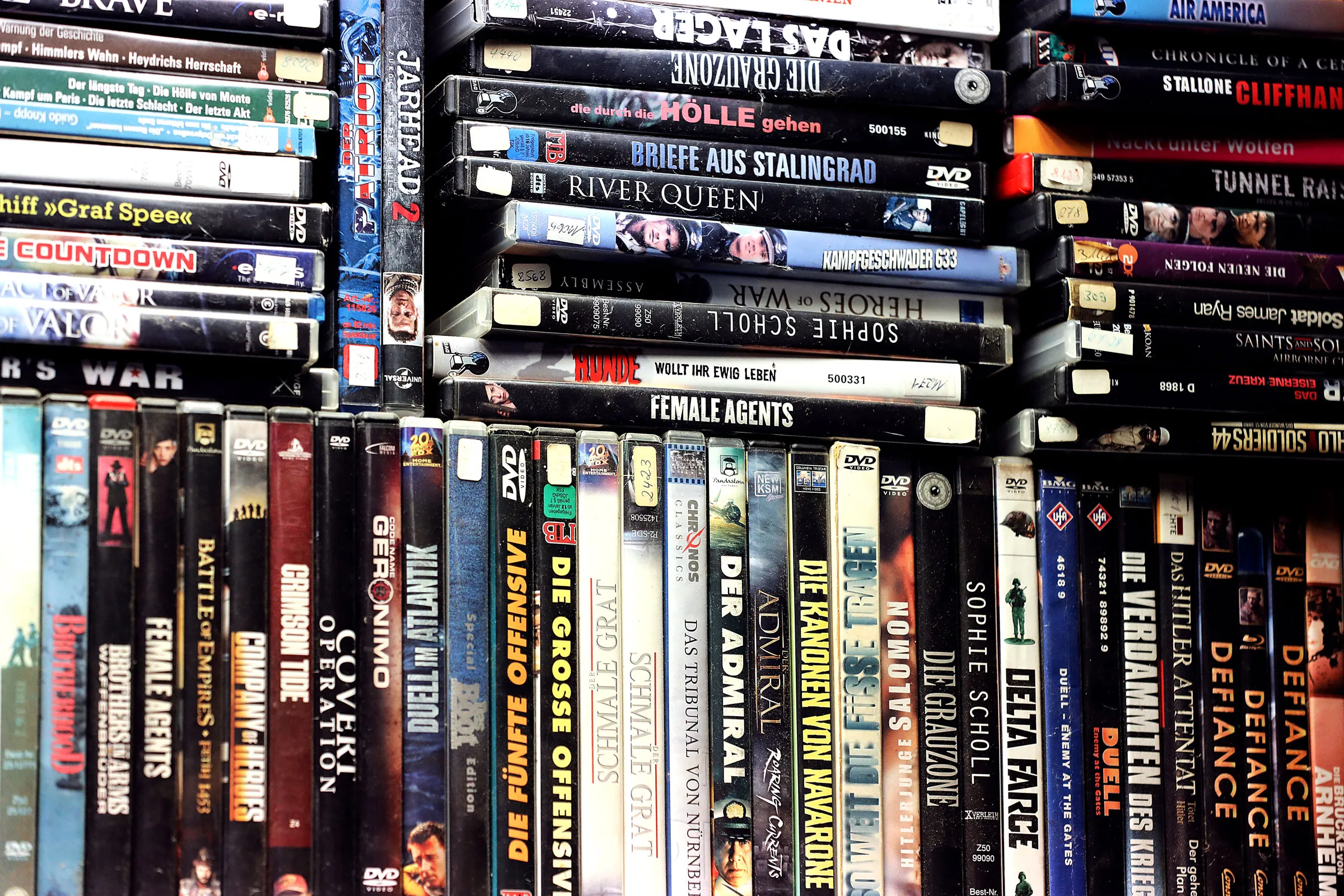
Considering DVD and Blu-Ray sales have plummeted since the mid-2000s by around 86% as of 2019, and that trend continues to dip (( Whitten, Sarah. “The Death of the DVD: Why Sales Dropped More than 86% in 13 Years.” CNBC, CNBC, 8 Nov. 2019. )), there’s something to be said about how little ownership people actually have over the shows and movies they care about.
It is so easy sometimes to forget how flimsy the internet can be; websites collapse, hyperlinks lead to nothing, and videos blink out of existence from their hosting platforms. Streaming services aren’t the exception to this rule. Actually, they are more the embodiment of it. Disregarding for a second how streaming has completely taken over media distribution and consumption in household spaces, the idea of these platforms being a digital library of sorts has twisted into a “limited-run” kind of model — watch it before it’s gone, and once it’s gone, it’s gone for good until it pops up on a separate service, or — if luck and corporate oversight will it — a physical release enters the market.
With sales of physical copies dipping as they have been, those physical releases aren’t a guarantee. These physical releases, though, mark one of the last lines between media being enjoyable for years to come, and media being a forgotten footnote in entertainment.
Blink & You Will Miss It
Content changes very easily and very quickly from its initial release. “The following film has been modified from its original version. It has been formatted to fit your TV.” This quote pops up now and then on cable television to signify the film has been cropped and parts of the original image are gone. This is a common practice, and physical releases mitigate this problem by allowing viewers to toggle between different ratios to suit their preferences and screens. What’s less common is actual content changing between release and broadcast, but at least one streaming platform has put this change on the table.
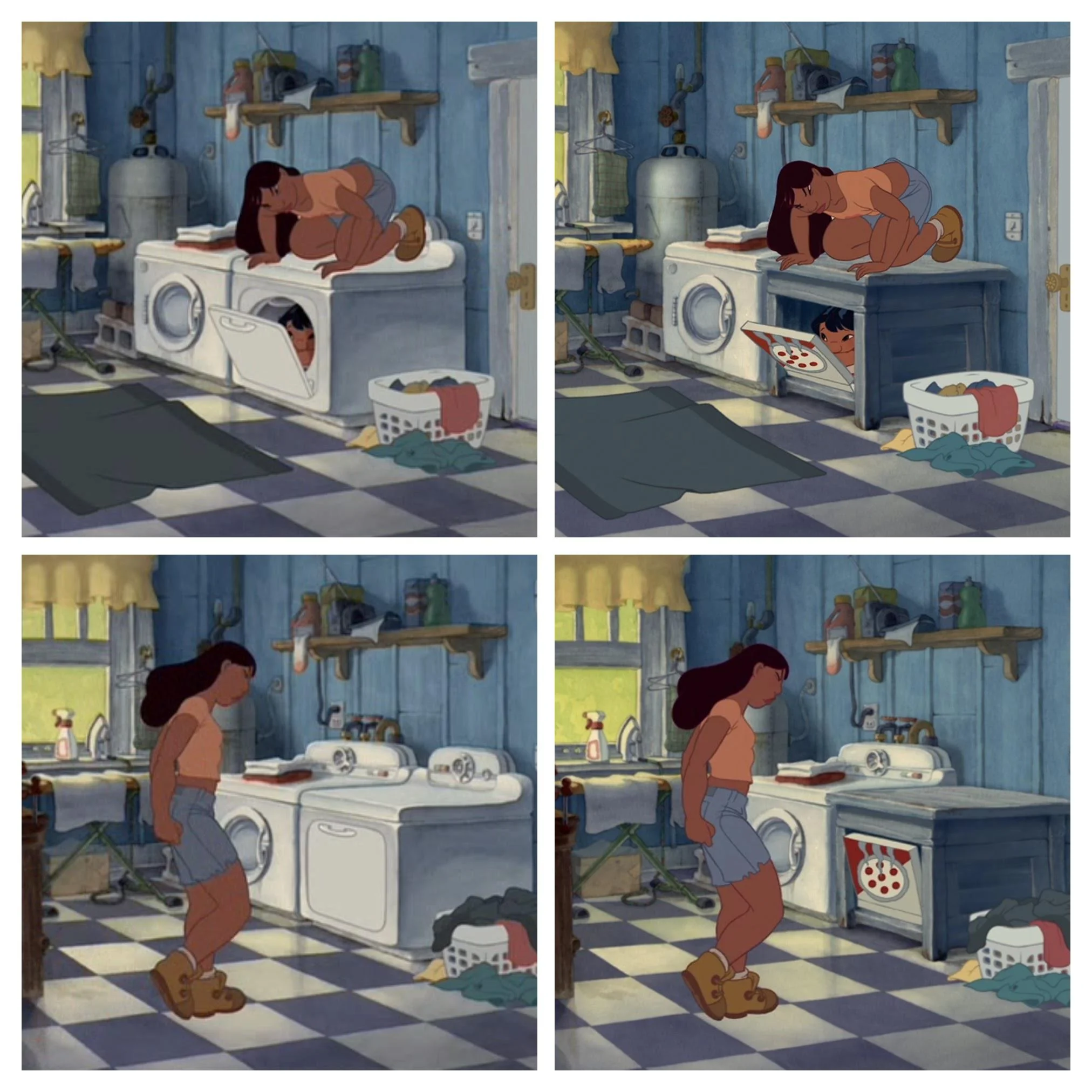
Lilo and Stitch (2002) feature a scene wherein the titular Lilo hides from her sister inside of a dryer. Immediately wise to Lilo’s hiding place, Nani, the sister in question, baits Lilo out and bundles her up in a sheet. Those who’ve recently watched the Disney+ version of the film might be squinting a little because that specific version shows the dryer changed into a cabinet blocked by a pizza box. Such a minor change might not be an immediate cause for concern, but is it simply one change or a herald of alterations that will, for people without access to original copies, overtake the previous release?
Some people may never see the original scene, especially considering Disney’s history of putting films in the (slightly infamous) “Disney Vault.” In the Disney Vault, physical releases get a limited initial production and get locked inside the vault with only a chance of re-release on special occasions, like anniversaries or promotional events for a related IP.
“The Disney Streaming Vault”
For the record, a physical vault apparently does exist called the Animation Research Library, which holds a truly insane catalog of meticulously collected and protected artifacts from Disney productions. These artifacts, some coming from the first-ever Disney productions, ranging from original animation cells to props to, yes, original film copies and documents (( Esmaili, Kayvon. “The Disney Vault Is Real. Here’s What It’s like inside.” Vulture, Vulture, 3 Feb. 2017 )).
There are a lot of fair-game criticisms that can be leveled at Disney, but it’s hard to call their dedication to keep a backlog and archival record of their works into question knowing the Library exists. Although, without readily available DVDs or Blu-Ray copies or independent internet archivists, the changed Disney+ version going forward will eventually assert itself as the definitive version, whether people agree with the decision or not.
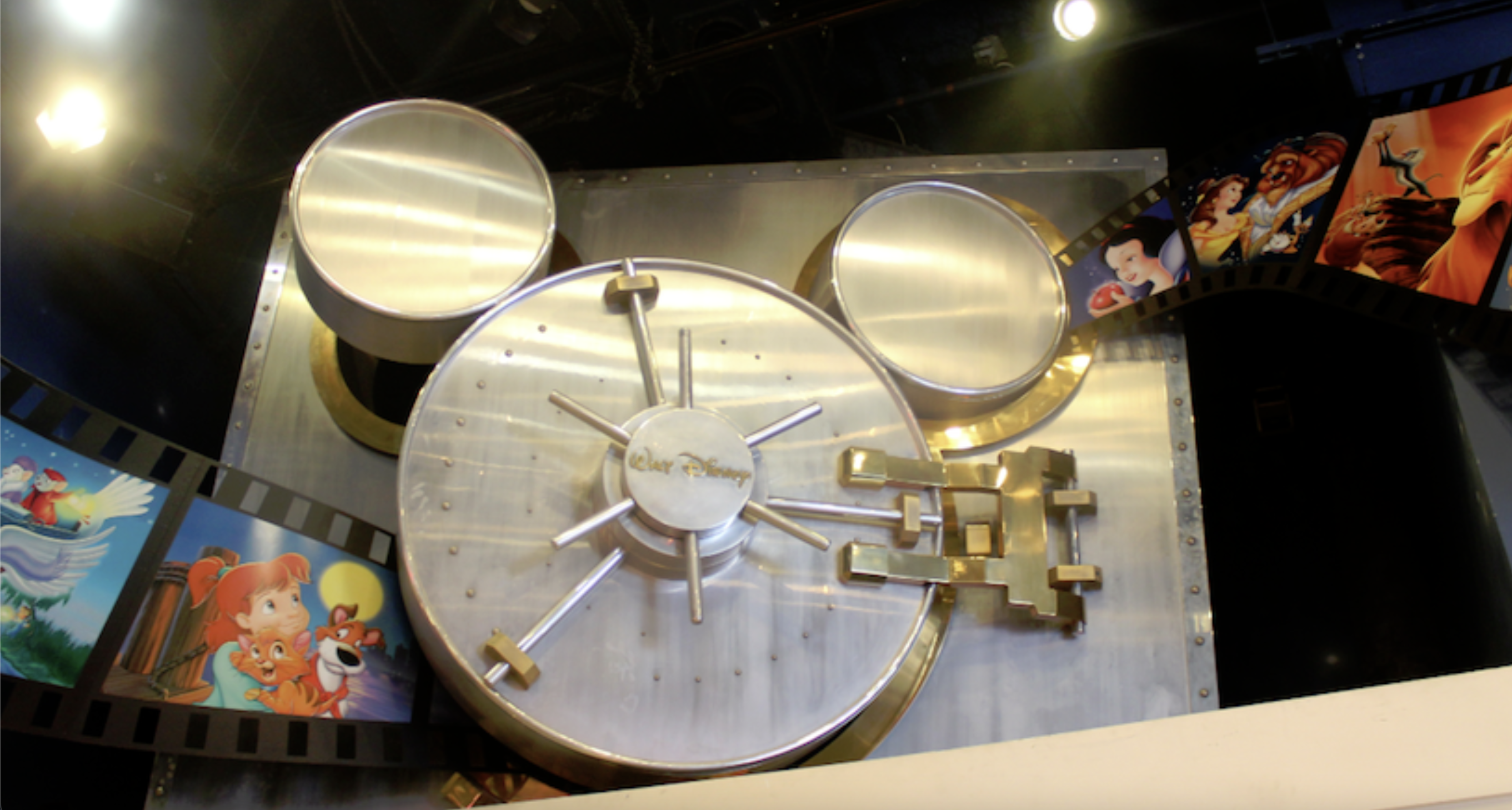
With all that in mind, Disney’s more preservative practices aren’t necessarily universal. For example, a fact occasionally passed around by BBC series’ Doctor Who fans is that the reason a large chunk of episodes flat out no longer exists from the show’s 1963 run is that the film reels were taped over and that copies of the episodes exist at all is the work of fans and amateur archivists making at-home VHS recordings (( Oxman, Demaris. “Doctor Who’s Lost Episodes.” Game Rant, Game Rant, 25 Feb. 2022. )).
Signs point to the opposite, that efforts undermining physical preservation match and even, in some cases, exceed efforts in favor of preservation. Look no further than Warner Bros. and HBO Max’s actions following a company merger.
Are They Gone For Good?
For those unaware of the specifics of a messy situation, Warner Bros. and Discovery merged in mid-2022 into Warner Bros. Discovery, helmed under CEO David Zazlav. Following the merger, in an attempt to crunch a sizable amount of debt the brand-new company had nipping at its heels, it was decided the best financial move would be to write off a slew of unaired and already-released TV shows and movies. (( Salazar, Savannah, and Eric Vilas-Boas. “HBO Max Is Still Taking Stuff down without Warning.” Vulture, Vulture, 14 Dec. 2022. )).
What is depressing about this whole situation is that because a lot of these write-offs were for tax breaks (( Brew, Simon. “When Films Are Canned as Tax Write-Offs.” Film Stories, Film Stories, 28 Oct. 2022. )), they cannot ever see the light of day unless Warner Bros. Discovery would be willing to foot the ensuing bill.
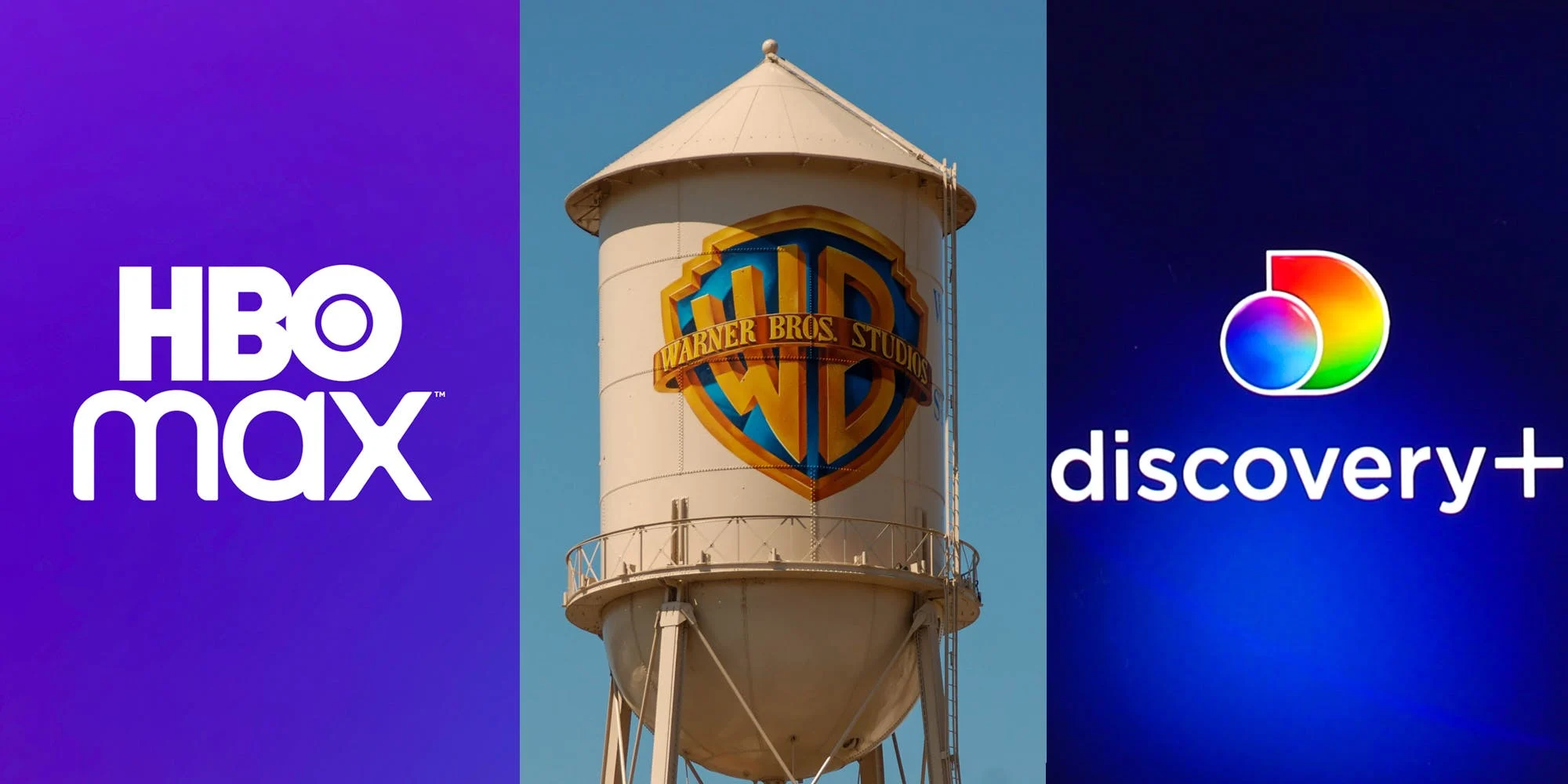
What is even more depressing about all this is creators were given no notice that their shows were going to be shelved. Creators Ian Jones-Quartey and Owen Dennis of OK K.O.! Let’s Be Heroes (2017-2019) and Infinity Train (2019-2021) respectively both took to subtly nudging fans towards piracy (Dennis especially). Such methods unfortunately now make up the only reliable ways to watch the shows — any iTunes hosting or streaming service hosting remain temporary at best (( Foster, George. “Animators React as HBO Max Removes Close Enough, Infinity Train, OK Ko, and More.” TheGamer, TheGamer, 20 Aug. 2022. )).
Some shows still being made or that have yet to air their finales may be passed off to another company to finish depending on the specifics of their write-offs. Regardless, the fact that something like this happened at all says volumes about the willingness of cooperations to axe media (ie “products”) people hold dear and actively watch, simply because they didn’t match expected profits or because they’re worth more as write-offs.
Should We Take It Or Leave It?
Streaming services aren’t libraries. That is to say, public libraries only add to their collections and very, very rarely remove content. With streaming services, however, articles run all the time on what next month will bring for bastions like Netflix because their catalogs shift so frequently.
Paying for streaming services means paying for that catalog, not for the content. If that reads a little funny, think of it this way: imagine paying for a ticket to an amusement park, but while there the company decides to snap their fingers and scrap half the rides, some popular and some less so. The ticket grants entry, but doesn’t guarantee what’s inside.

This problem extends in a lot of directions, ever since the shift to digital content and streaming services started leaving discs in the dust. A lot of the time buying books, video games, and songs digitally means the buyer gets access to a license saying they get access to the thing, not that they own a copy of the thing (( Morrison, Geoffrey. “You Don’t Really Own the Digital Movies You Buy.” Wirecutter, The New York Times, 4 Aug. 2021. )).
It might be bleak to say but, once upon a time, this distinction didn’t matter too much because no one tested the waters on if it would actually matter. However, owning a license still gives streaming platforms like Disney+ full rights to alter content, gives Warner Bros. Discovery leeway to do what they please with their content, and lets platforms like Spotify lock downloaded content if the platform subscription runs out. As it stands now, there is no ownership of digital content.
How Should We Leave “The Streaming Era?”
This article might sound bleak — really, really bleak — but the answer to all of the negatives raised here really is a simple one: advocate for and buy physical releases. Above all, support preservation. One look at sites like the Lost Media Wiki demonstrates a very real effort to make sure records are kept and people still maintain access to the media they love. Look at the Doctor Who example mentioned before: people stepped in and made their own copies of the series, and those copies prevented a very real loss.
People who went out and purchased copies or converted their physical copies of Lilo and Stitch (2002) very well could be the reason, just a couple years down the line, the general public knows Disney edited the movie in the first place. In cases like HBO Max, the lack of physical releases put the heart and soul that the creative teams and creators poured into series like Infinity Train (2019-2021) and OK K.O.! (2017-2019) into real jeopardy.
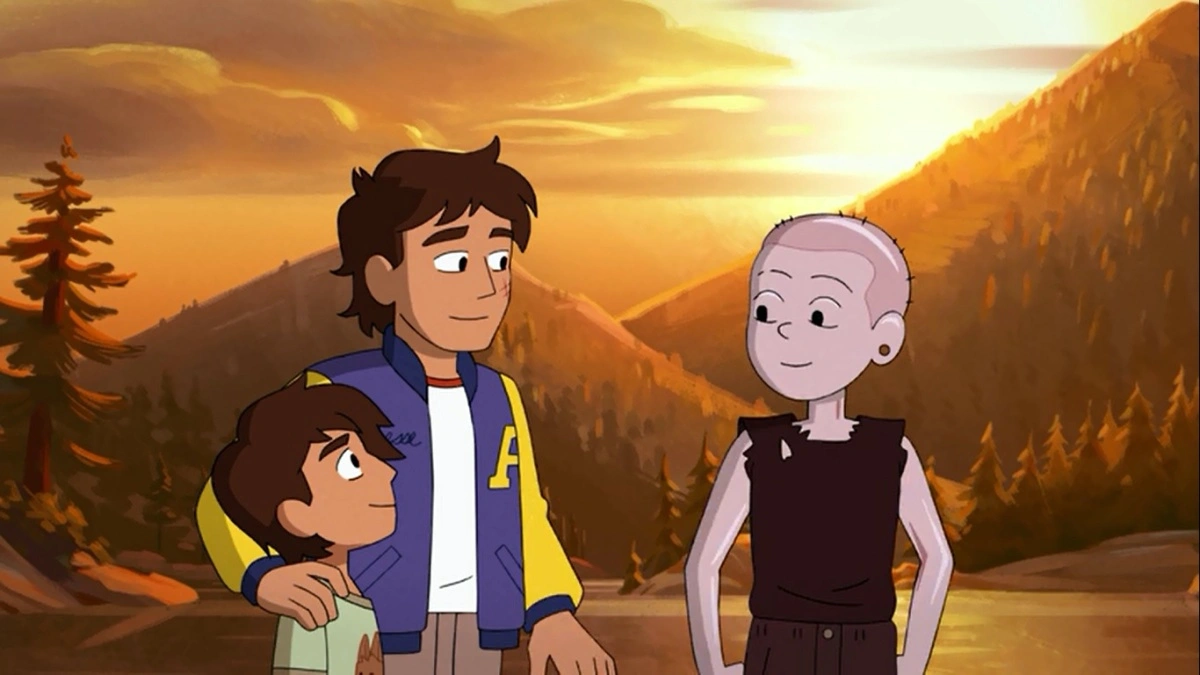
It is so, so easy to forget how unstable streaming services really are, and how unreachable those services can be. To bring up a tiny glimmer of hope, fans flocking to The Owl House’s (2020-) season three YouTube premiere and New York Comicon panel forced Disney executives to reflect on canceling the show (( Tucci, Joseph. “Disney’s ‘The Owl House’ Creator, a CT Native, Talks Final Season, Local Ties.” CT Insider, CT Insider, 20 Oct. 2022. )).
The damage is done, but further damage can be negated. With streaming prices due for an increase (( Solsman, Joan E. “Streaming TV’s Party Is over. Now Comes the Hangover.” CNET, CNET, 12 Dec. 2022. )), it might be worth it to pick up a DVD and show companies that yes, physical copies are still allowed.
